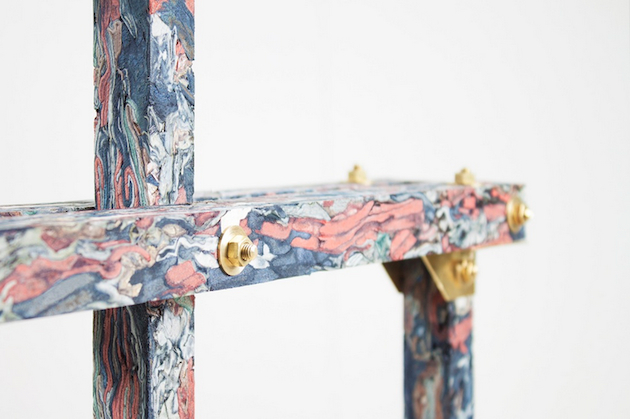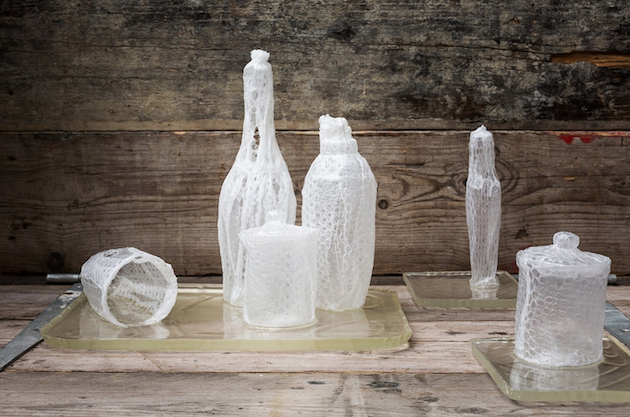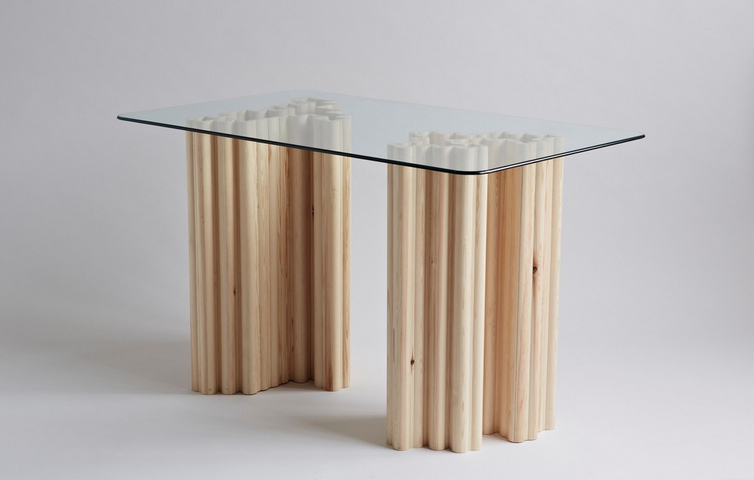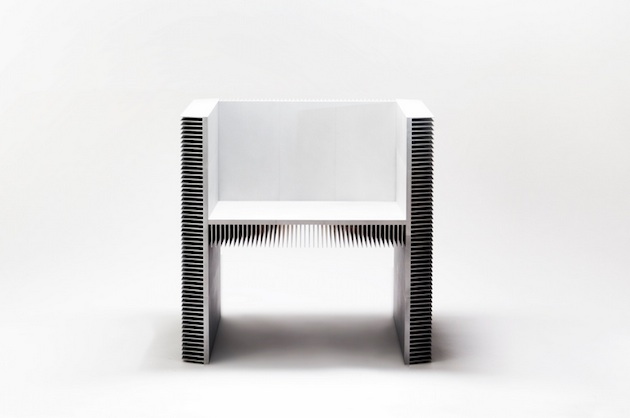
What is the value of designed objects today? If we look at major design exhibitions, fair, biennials, competitions, it looks like the object is becoming increasingly less significant. Much like artists from the second half of the 20th century, designers are forgoing the object, focusing on the process instead. The exponential growth of and public interest in this process-based design is evident in the latest exhibition staged at the Aram Gallery, London-based retailer/exhibition venue, which opens to the public today.

“Extra Ordinary” is the first show developed by its recently appointed curator, Riya Patel, and explores the role of objects within wider narratives of their creation, innovation, production and use. While, for decades, objects were seen as impenetrable shells admired for their impeccable form, whose creation remained a mysterious process, designers like Martino Gamper or Max Lamb are making research and production that generate each object more significant than the object itself. Even though Patel has not explicitly acknowledged process-based practices as the primary focus of her show, works like Structural Skin by Jorge Penadés, which devises a new production process for worthless waste from leather factories, or Luisa Kahlfedt’s experimentation with cardboard which creates a new visual language precisely by revealing the process that created it, turn the viewer’s attention to how everyday objects are made, rather than how they should be used.

But if these objects are not attentive towards communicating their use, but place greater emphasis on production processes and expanding design’s conceptual language, how can we absorb them into the ordinary, as the title seems to suggest? Patel explains that the way exhibition was staged – only leaving a couple of hints rather than revealing the whole story behind object – is crucial to grasping their ‘extraordinary’ qualities: “A lot of them are quite strange objects and it is nice to tackle a little bit how somebody made that object. I wanted to leave a little bit of room for imagination and exploration. We tend to think of ‘ordinary’ meaning low-value, everyday and common. If you like, ‘extraordinary’ is the opposite of that. It is the thing that is interesting to look at, provocative, unusual, unexpected. These are criteria that I think make something worth showing in the exhibition.” Perhaps, the future of design does not lie in the objects we come to use, but only those we look and admire. But is this really the future we want to envision?


